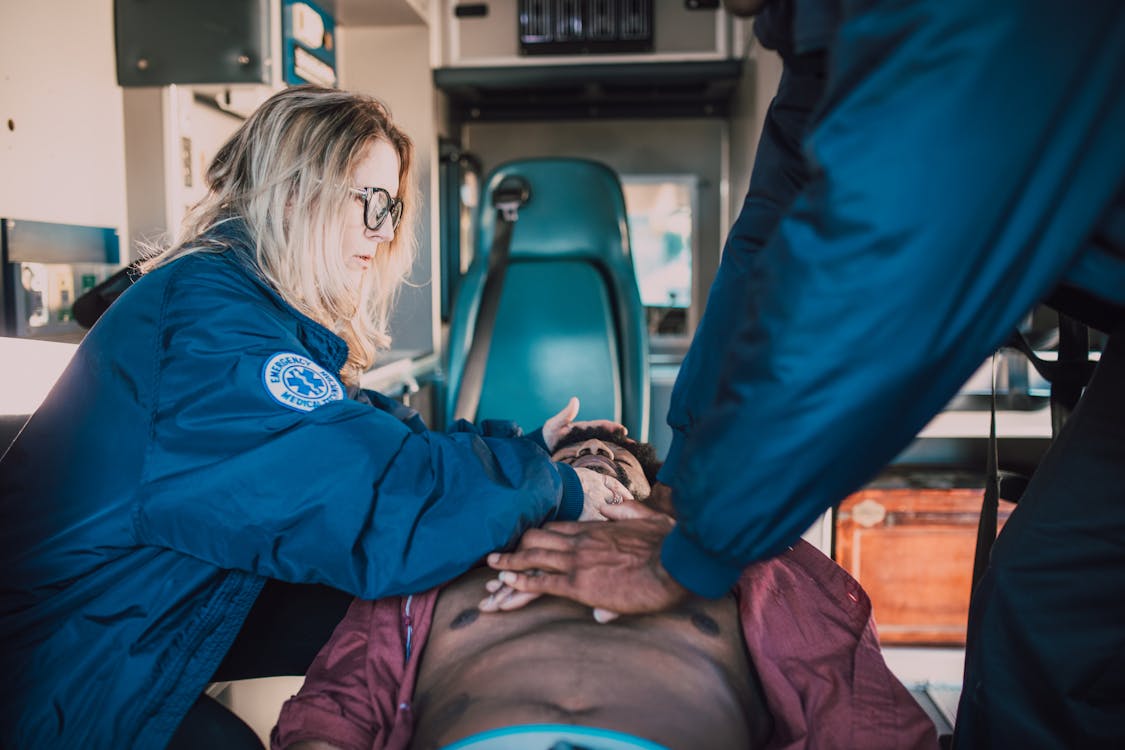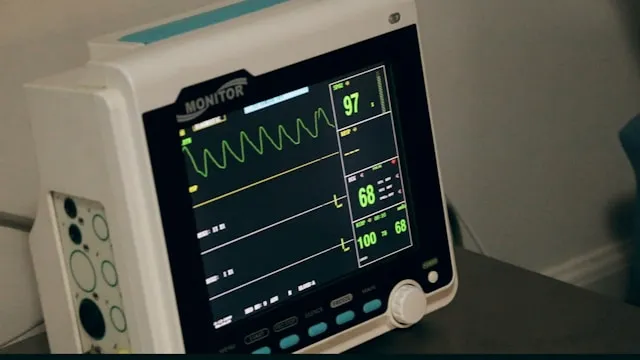Saving a life is not a small feat. It is a great testimony of compassion and helpfulness. That is why doctors are considered the Pseudo Gods amongst us. But there are cases of emergencies when we require a doctor but s/he cannot be reached immediately. In such cases, first aid is the best way to keep the patient alive till a doctor arrives. One such type of first aid is called CPR. There are only a few who are aware of the CPR full form or what is CPR and what are the CPR steps. Let us explain for you to be the great help to someone in an emergency.

What is CPR & CPR full form?
CPR's full form is cardiopulmonary resuscitation, which is an emergency life-saving procedure. It consists mainly of mouth-to-mouth breathing and chest compressions. This type of first aid is very effective in case of cardiac arrest and drowning cases where the person is unconscious and there is no breathing and blood circulation in the victim. The basic steps of CPR involve evaluating the effectiveness of breathing and observing blood circulation motion. In case of the absence of both or any of the two vital elements, the following CPR steps must be applied immediately. Tilting the head back and again checking the breathing and starting mouth to mouth respiration. Mouth-to-mouth breathing basically means blowing air into the mouth and noticing if the chest rises. If yes, you need to give two breaths each lasting for one second. Now, that we had discussed CPR in full form, let us now step into the CPR steps. The steps of CPR are discussed in detail below.CPR Steps
In case of no breathing mouth-to-mouth, artificial respiration is the best option you have. It is one of the easiest artificial respiration methods and is preferred worldwide by CPR training groups. What are CPR steps? Find out:Airway and Breathing
Laying the person on his back and loosening his clothes, especially around his neck or waist. This is done to ensure proper blood circulation.- Lift up his chin and tilt the head of the victim back till it is possible. This is done to create an air passage to his lungs.
- Now with your fingers close the nostrils of the victim.
- Place your mouth directly over the victim's mouth and blow the air as hard as you can.
- Stop and remove your mouth permitting the air to be expelled from his lungs.
- Repeat this CPR procedure every five to six seconds.
- Continue this process, until and unless you get a pulse or heartbeat. The thing is it needs to be done patiently and requires a lot of determination and focus. It might take some hours.
- If it is a case of drowning and the victim has water in his mouth, you need to tilt him on his side so that any water in his throat may run out.
- Clean the mouth with a handkerchief if mucus comes out.
- Discontinue the artificial respiration if you are confirmed that there is no pulse or heartbeat. You need to move to the next step. But if the person is revived he needs to be kept warm.
Compressions
If the pulse of breathing is not found after artificial respiration you need to switch to chest compressions.- For chest compressions, place your arms on a line that runs from nipple to nipple in the center of the chest. Push the chest in so that the chest depresses at least by 1.5 to 2 inches. This compression should be done at a pace of 100 every minute.
- You can give breaths in the victim's mouth and 30 compressions alternatively until help arrives.

CPR Contraindication
There are many contraindication of CPR that you should know that. Otherwise, it can lead to many complications.- If a person has trauma to the chest wall.
- Dead Body
- Do-not-resuscitate order (DNR)
- Head Injury
- Inability to patient to extend head
- Moderate trauma to the cervical spine or neck
- Infection to the epiglottis
- Mild hypoxia
- Oropharyngeal hemorrhage
- Intact tracheostomy
- Rib fracture
- Laceration of sternum
- Aspiration
- Vomiting
CPR in Hospitals
CPR steps should be performed immediately when a person is unconscious with no pulse. Cardiac arrest is mostly a result of non-perfusing arrhythmias also called malignant arrhythmia. Its type includes pulseless ventricular tachycardia, ventricular fibrillation, pulseless electrical activity, Asystole etc. While the doctor's exam for the type of cardiac arrest by identifying the rhythm of the heart using an electrical rhythm strip, CPR precisely the chest compressions is kept on. Once it is done, the process of defibrillation can be applied. If even after the shock there is no pulse, again CPR steps are done, and so on. For the purpose of mouth-to-mouth breathing in hospitals, they use a BVM which forces air into the lungs by squeezing out the bag. Several other devices such as oropharyngeal and nasopharyngeal airways are used in combination with BVM. The BVM technique can be performed as follows:- Firstly, ensuring a tight seal and no air gap between the patient's face and mask.
- Squeezing the bag with one hand for one second and letting out at least 500 ml of air to enter the lungs of the victim.
- Next, the doctors check for a pulse generally a carotid or a femoral pulse. If no pulse is found. Chest compressions are given in the same manner stated above.
- Next, the provider checks for carotid or femoral pulse. If the patient has no pulse, chest compressions are begun.
What is CPR - Conclusion
We hope you could grasp the gist of CPR full form and what is CPR in this article. Now, how can we save lives via CPR steps is what needs to be discussed. Many training programs are conducted which are mostly free of cost. These programs aim towards providing a better understanding among civilians of CPR and CPR steps. The training is given to ensure that they become used to it and can help any victim in the future instead of being a bystander in accidents. Therefore, CPR in full form is the first step toward saving a life in an emergency situation.
Reviewed by







